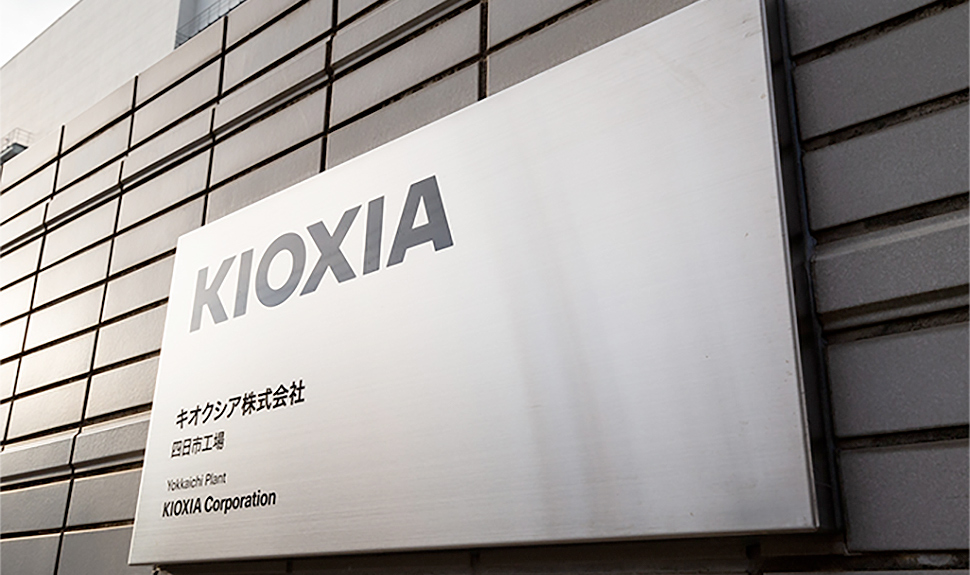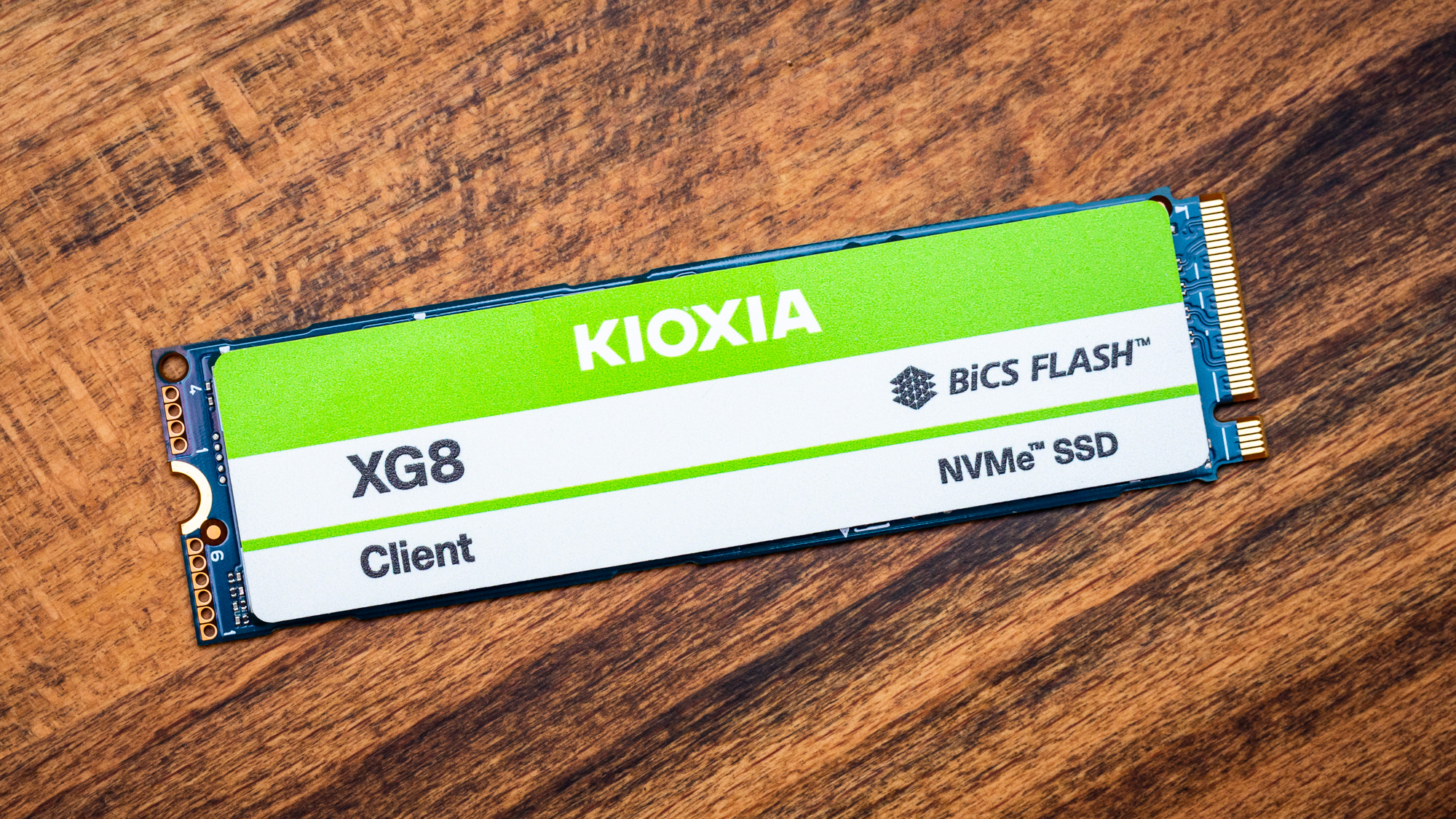
Kioxia, in partnership with Sandisk, revealed its 10th generation 3D NAND flash memory technology in a press release that coincided with the International Solid-State Circuits Conference (ISSCC) 2025. The new flash delivers up to 33% better performance and enhanced bit density, interface speeds, and power efficiency compared to prior generations.
Kioxia's new 3D flash memory features a CMOS directly Bonded to Array (CBA), which is created by bonding a CMOS wafer and a cell array wafer, which are manufactured separately. This isn't anything new, as it was also featured in Kioxia's 8th generation 3D NAND products. However, the larger highlight is the new interface standard, Toggle DDR6.0, which allows for up to a 4.8 Gb/s NAND interface speed.
Kioxia claims that speeds are up to 33% faster than its 8th generation technology as a result, in part due to the increased number of memory layers, which now sits at 322, in comparison to the 8th generation's 218 layers, representing a total increase in layers of 38%.
While 322 layers remain quite a distance from the company's goal of creating a 1,000-layer 3D NAND by 2027, it is still an impressive feat. The 322-layer 3D NAND also improves bit density by 59%, Kioxia claims.
Extrapolating some of the data offered by Kioxia can some insight. With bit density improved by 59%, you can assume that Gen 10 has a density-per-square of 36.2 Gb per millimetre squared. Assuming it'll have an 8-bit bus width, this allows us to convert the 4.8 Gb/s interface speeds to a comparative 4800 MT/s.
The updated NAND also features Power Isolated Low-Tapped Termination technology (PI-LTT), which further reduces power consumption by 10% for input and 34% for output. Kioxia states that the focus on power efficiency is a result of the power demands of AI technology.
Hideshi Miyajima, Chief Technology Officer at Kioxia shared in the press release: "With the proliferation of AI technologies, the amount of data generated is projected to increase significantly and so is the need for increased power efficiency in the modern data center."
Miyajima continued to explain that demand for "lower power consumption products including SSDs" will lay the groundwork for the "development of AI."

Interestingly, Kioxia and Sandisk also shared plans for its 9th generation 3D NAND flash technology, but its capabilities have not been specified to the degree that its 10th generation product has enjoyed.
With that in mind, there are also no current indications for when Kioxia and Sandisk might begin volume production of the new standard. But, given the fact that its upcoming 9th generation products have also been announced, it's safe to assume that the 10th generation is still a way off from mass production and sale.







